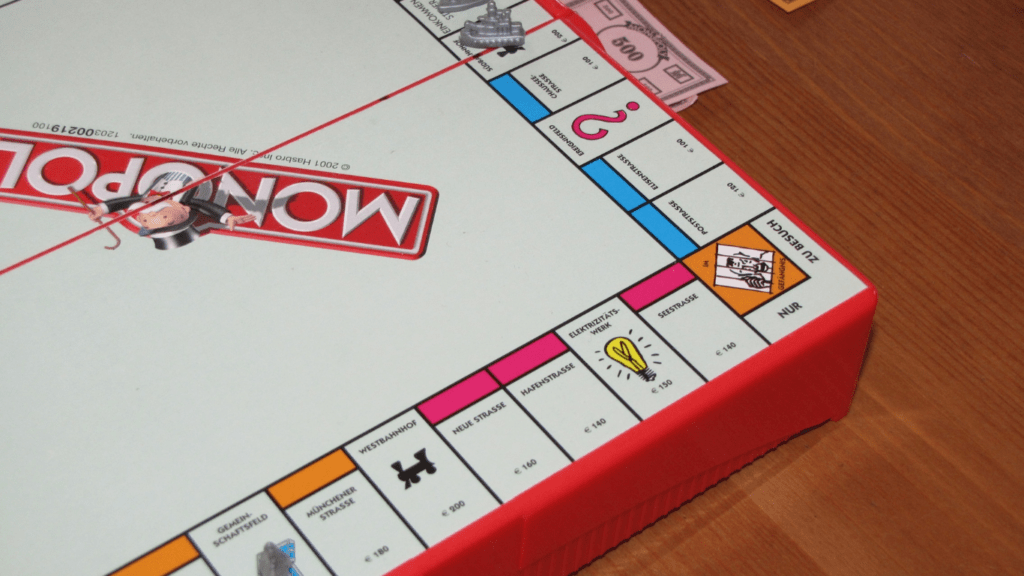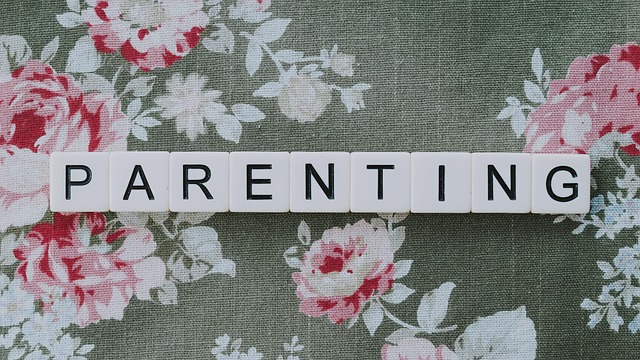Understanding Educational Gaming for Children
Educational gaming offers interactive experiences designed to teach specific subjects or skills. These games combine fun with learning, making education engaging and effective for children.
Definitions and Key Concepts
Educational games blend learning and play by using interactive platforms to teach academic subjects or skills. These games can include puzzles, strategy games, and simulations.
They aim to make learning enjoyable and are often used in classrooms as supplementary tools.
By incorporating elements of traditional games, such as rewards and challenges, educational games maintain children’s interest and encourage continuous engagement.
Key concepts include gamification, where educational content is delivered in a game-like format, and adaptive learning, where the game adjusts its difficulty based on the player’s progress.
Benefits of Educational Gaming
Educational gaming enhances critical thinking and problem-solving abilities. For example, strategy games require players to plan and adapt to new challenges, honing analytical skills.
These games also foster a love for subjects such as math and science by presenting them in an interactive format.
Research indicates that children who engage with educational games display improved academic performance and increased motivation to study.
Additionally, these games promote collaboration and communication when played in groups, developing social skills essential for real-world interactions.
Educational games also provide immediate feedback, helping children understand their mistakes and learn effectively. This feedback loop reinforces correct answers and encourages improvement, creating a positive learning environment.
Exploring Various Educational Games for Children
Educational games offer diverse learning experiences for children, effectively merging play and education. Various games cater to different age groups and subjects, helping children develop numerous skills.
Popular Games and Their Educational Value
- Minecraft: This sandbox game promotes creativity, spatial thinking, and resource management. Players build worlds using blocks, fostering engineering and architectural skills.
- Prodigy Math Game: Prodigy enhances math skills by blending curriculum-based problems with a fantasy adventure game. It adapts to the child’s level, providing personalized challenges.
- ABCmouse.com: This early learning app covers subjects like reading, math, and arts. Designed for kids aged 2-8, it uses interactive lessons to build foundational skills.
- Kahoot!: Kahoot! uses quizzes to make learning fun across various subjects. It encourages friendly competition and enhances retention through repetition.
- Osmo: Osmo games integrate physical play with digital interaction. By engaging in activities like coding and drawing, children develop problem-solving and critical thinking abilities.
Case Studies of Successful Implementations
- MinecraftEdu in Finland: Finnish schools use MinecraftEdu to teach subjects like history and math. Teachers create missions related to the curriculum, making lessons interactive and engaging.
- Prodigy in Canadian Schools: Many Canadian schools incorporate Prodigy to aid math learning. Teachers report improved student engagement and better performance in math due to game-based learning.
- ABCmouse.com in US Early Education: Numerous US preschools implement ABCmouse.com to supplement traditional teaching. Kids show marked improvement in literacy and numeracy skills when using the app regularly.
- Kahoot! in UK Classrooms: Schools in the UK utilize Kahoot! for formative assessments. Teachers observe increased participation and fun in lessons, leading to better knowledge retention.
- Osmo in Montessori Schools: Montessori educators incorporate Osmo to align with their hands-on learning philosophy. Activities like coding and problem-solving games align with Montessori methods, enhancing experiential learning.
How to Integrate Educational Games at Home

Incorporating educational games into home learning can transform children’s study sessions into engaging and productive experiences.
Selecting the Right Games
Choose games aligned with your child’s age, interests, and educational needs. Verify the educational value by reading expert reviews or checking educational boards’ endorsements.
For math, consider Prodigy Math Game; for language skills, try ABCmouse.com; for creative learning, Minecraft offers vast possibilities.
Test games personally to gauge their user-friendliness and educational merit before introducing them to your child.
Creating an Engaging Learning Environment
Designate a quiet, comfortable space for gaming sessions. Ensure the area is free from distractions like TV or unrelated toys. Use ergonomic furniture to promote good posture during extended play.
Set specific times for gaming to integrate it seamlessly into your child’s daily routine.
Combine game time with related hands-on activities or discussions to reinforce learning concepts, making the experience holistic and enriching.
Integrating Gaming in School Curriculums
Introducing educational gaming into school curriculums enhances student engagement and learning outcomes. Schools explore various collaborative approaches and real-world examples to maximize these benefits.
Collaborative Efforts Between Educators and Game Developers
Collaboration between educators and game developers produces more effective educational games.
Educators provide insights into curriculum requirements and learning objectives, while developers bring technical expertise to create interactive and engaging experiences. For instance:
- Curriculum Alignment: Games align with educational standards, ensuring relevance in classroom settings.
- Interdisciplinary Teams: Experts in education, psychology, and game design collaboratively develop holistic learning experiences.
- Professional Development: Training sessions enable teachers to effectively integrate new gaming tools into their teaching strategies.
Examples of Educational Gaming in Classrooms
Several schools implement educational games to enrich their teaching methodologies. These examples demonstrate the diverse ways games contribute to student learning:
- Math and Science: Games like Prodigy and Khan Academy Kids engage students with interactive problems and quizzes.
- Language Arts: Apps like Duolingo and Quizlet enhance vocabulary and grammar skills through fun, repetitive exercises.
- History and Geography: Games such as Civilization and GeoGuessr provide immersive experiences that teach historical timelines and geographical knowledge.
Using these methods, the integration of gaming into school curriculums supports and enhances traditional educational practices.



